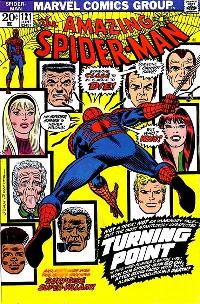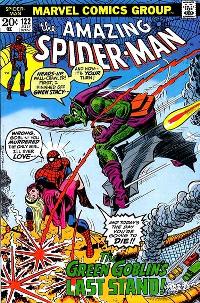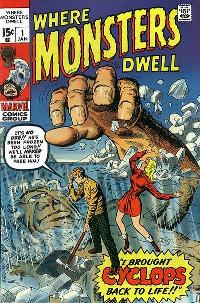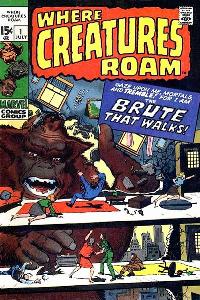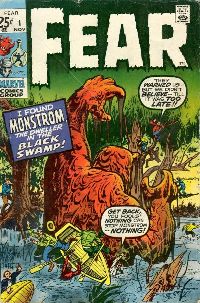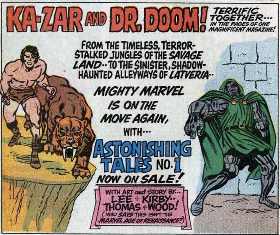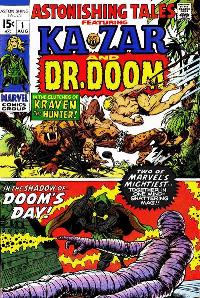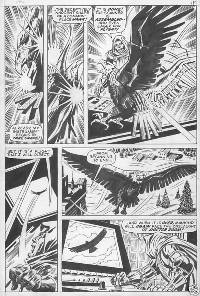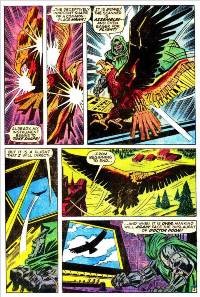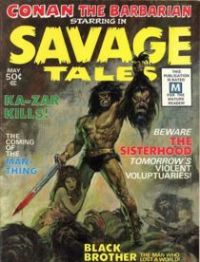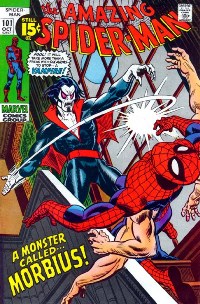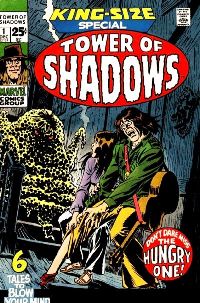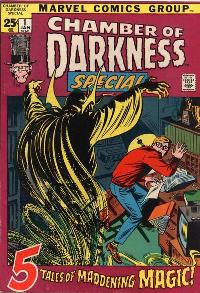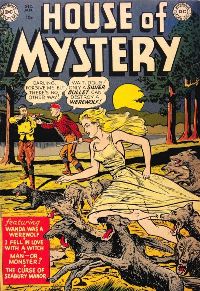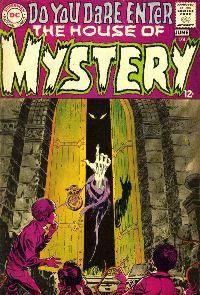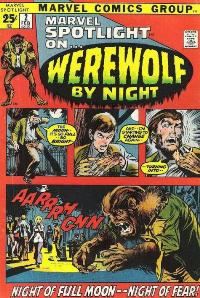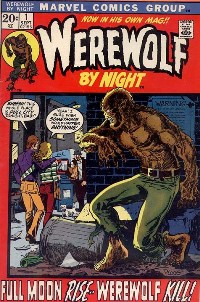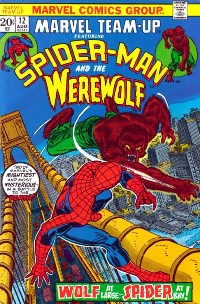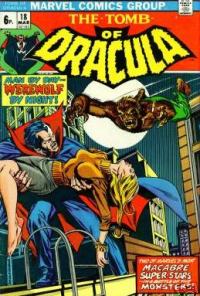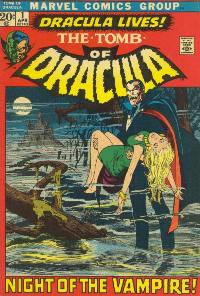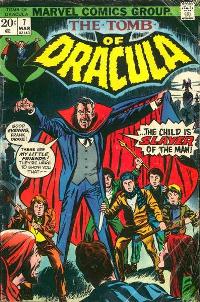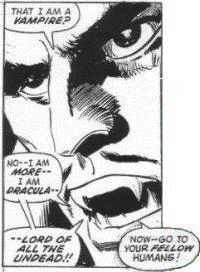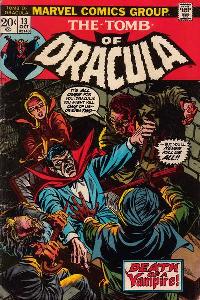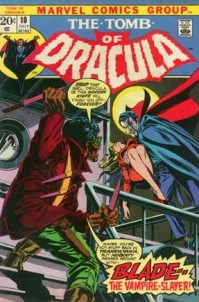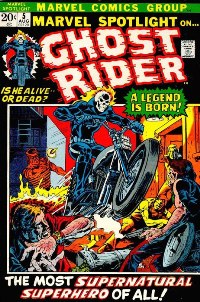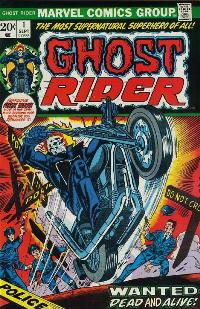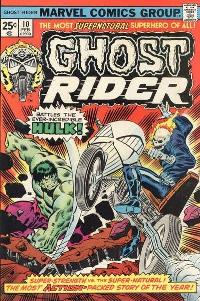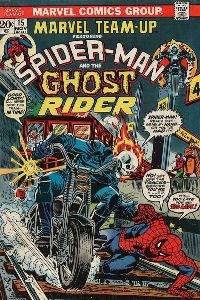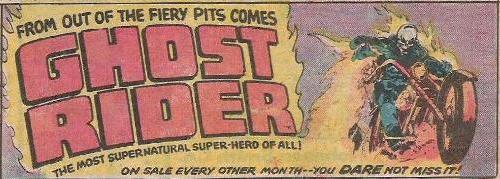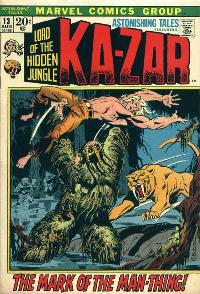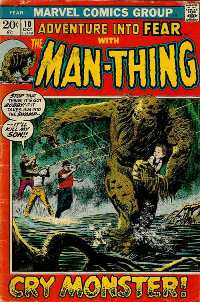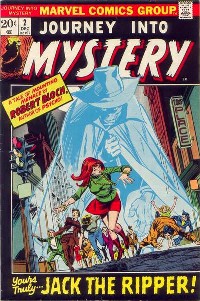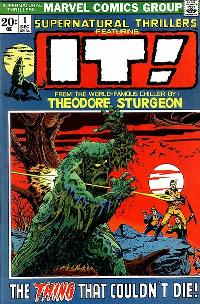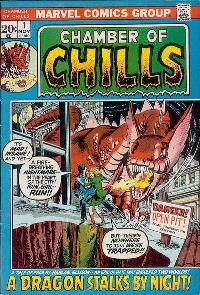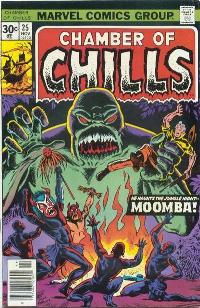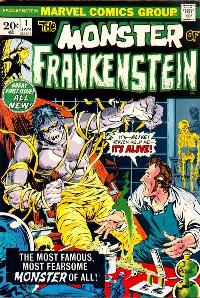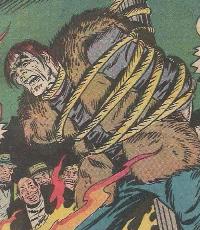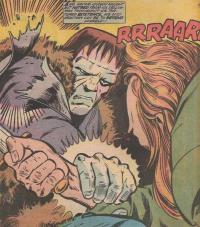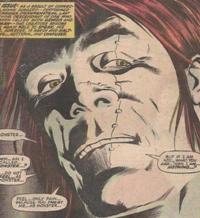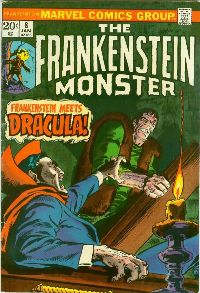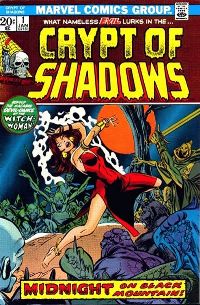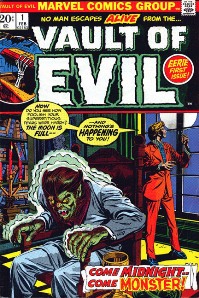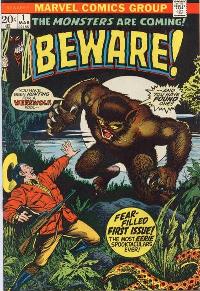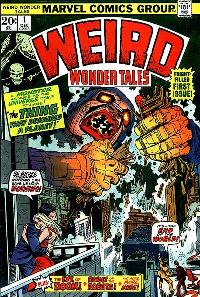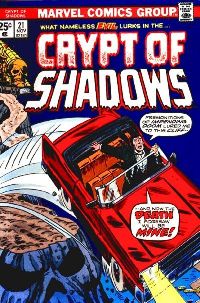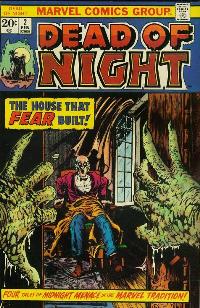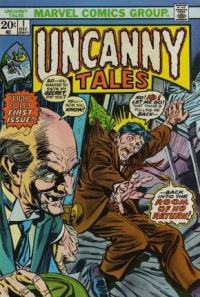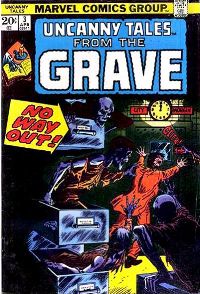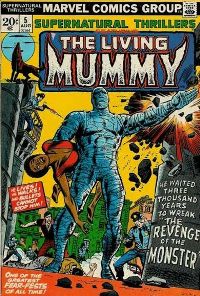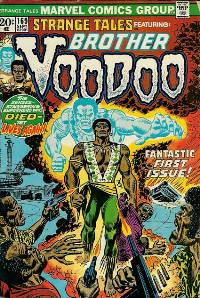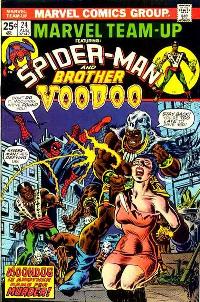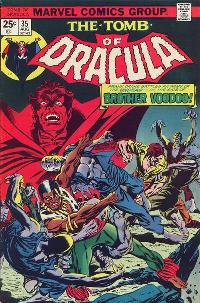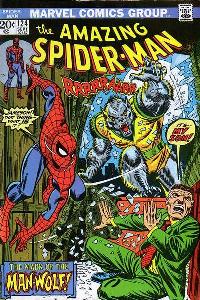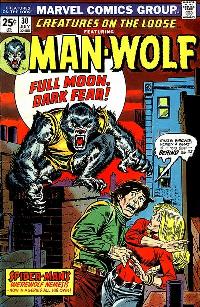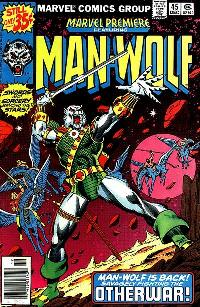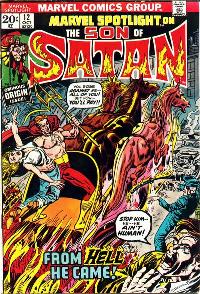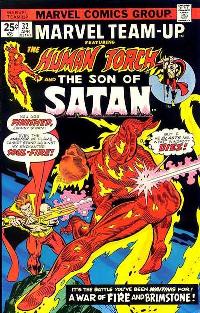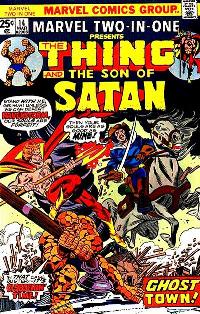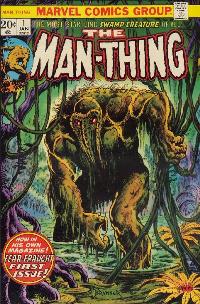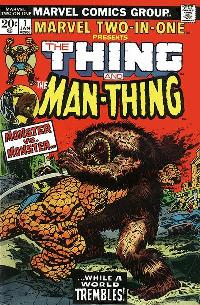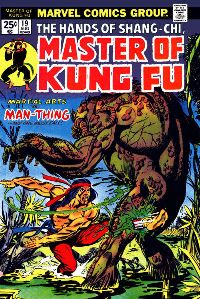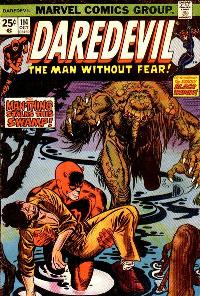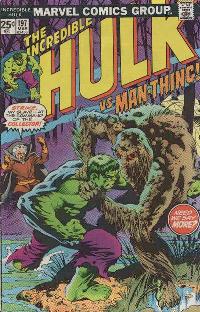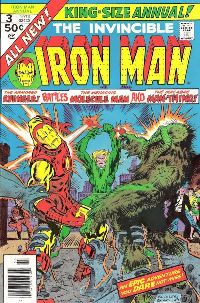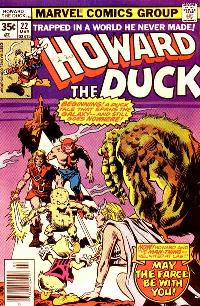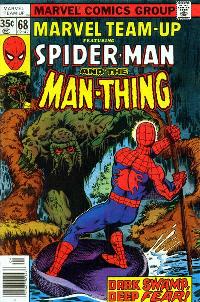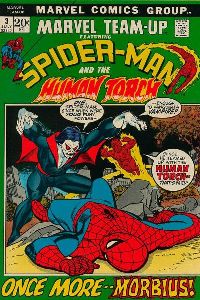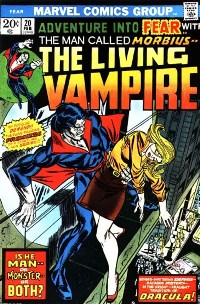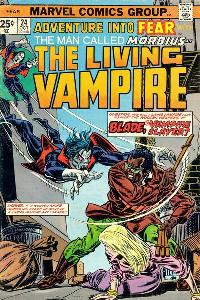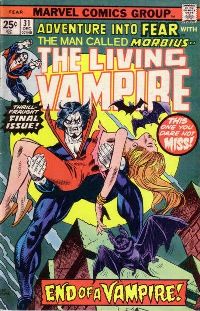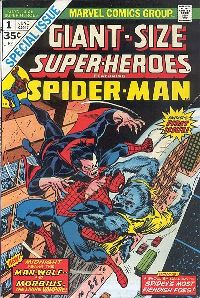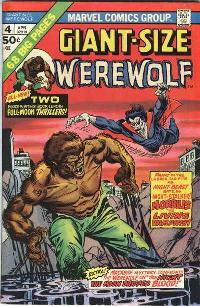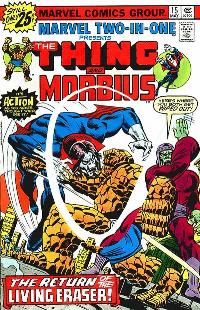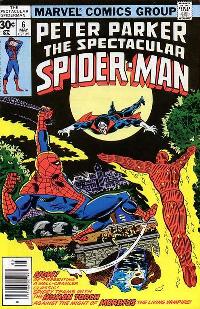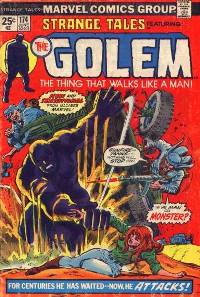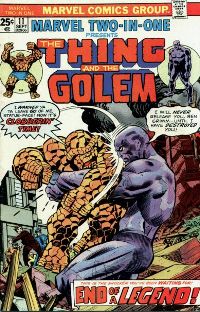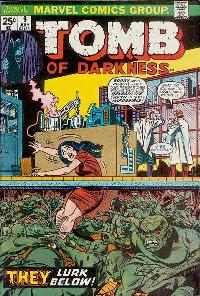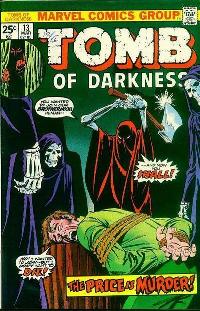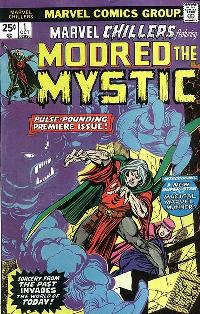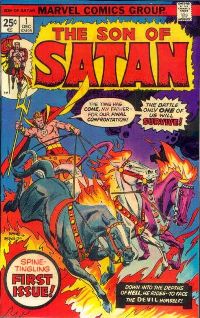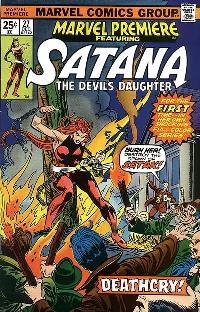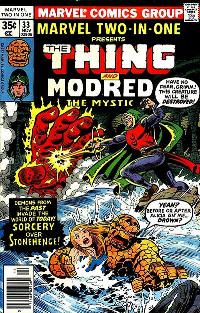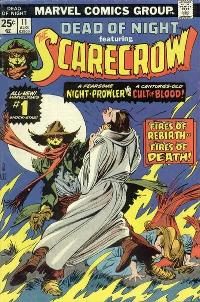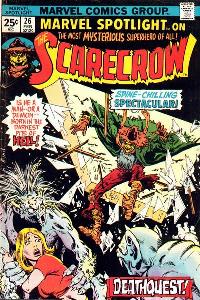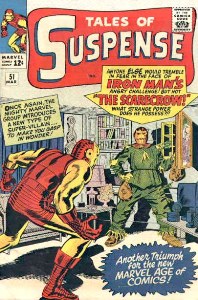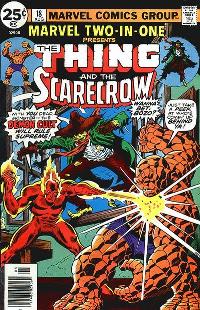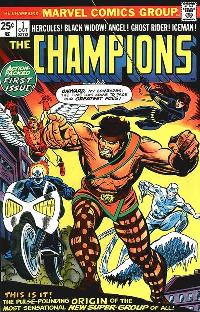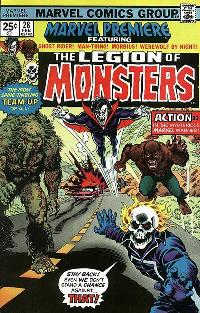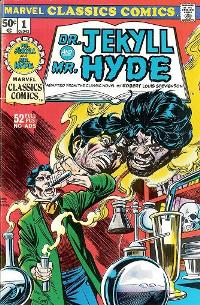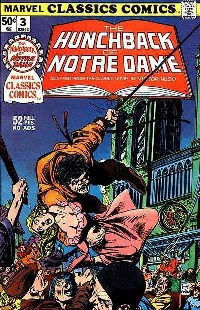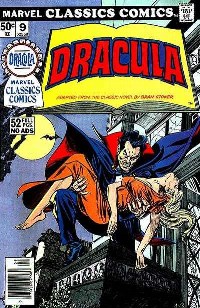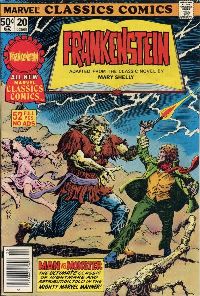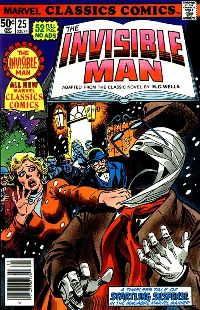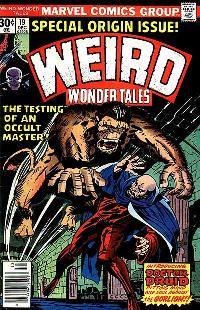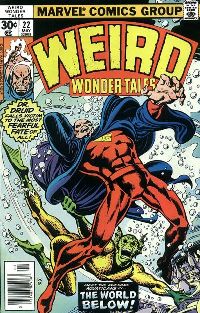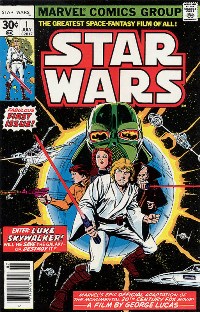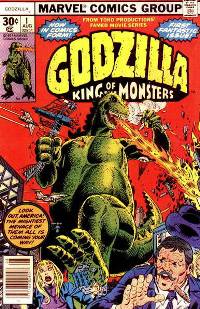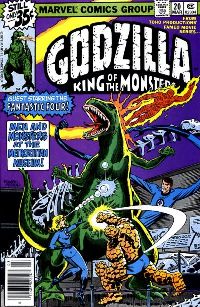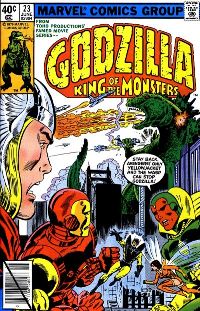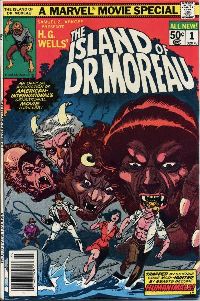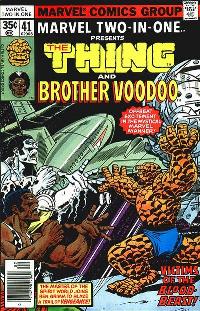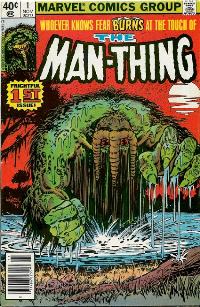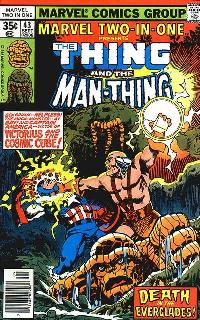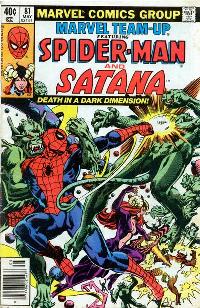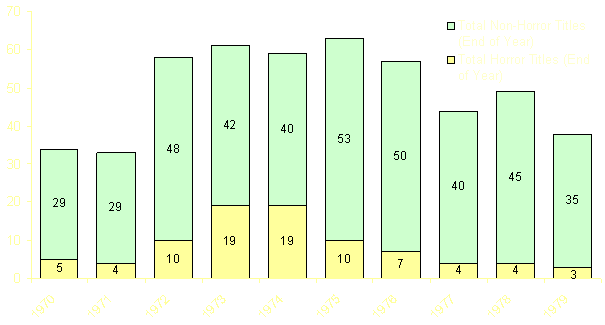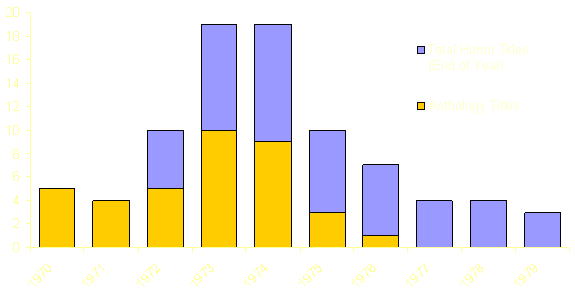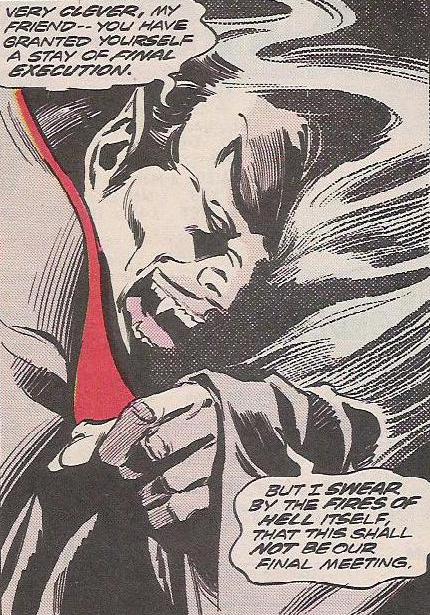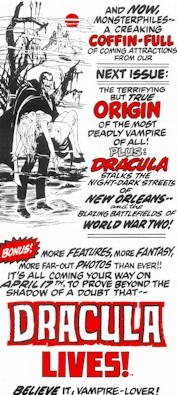
In-house
ad for Dracula Lives!
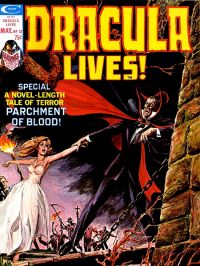
Dracula
Lives! #12 (May 1975)
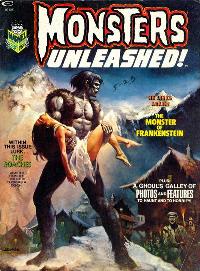
Monsters
Unleashed! #2 (September 1973)
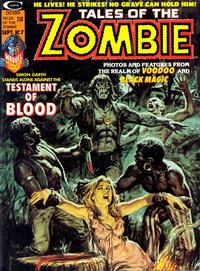
Tales
of the Zombie #7 (September 1974)
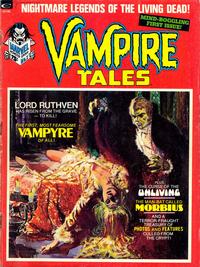
Vampire
Tales #1 (August 1973)
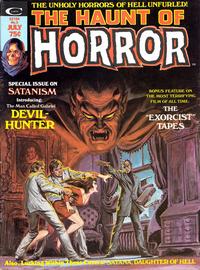
Haunt
of Horror #2 (July 1974)
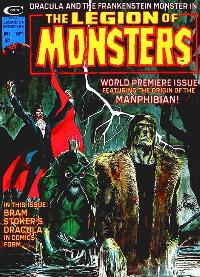
Legion
of Monsters #1 (September 1975)
|
|
"Can
there be any doubt that the Second Age of Marvel is
upon us in full glorious bloom?" (Marvel
Comics June 1973 Bullpen Bulletin)
The first
black and white horror magazine to be launched was Dracula
Lives! in June 1973 (with the cover only carrying
the date "1973"). Advertised as a "giant
sized 75c comic" (June 1973 Bullpen Bulletin) Dracula
Lives! #1 in fact only contained 35 pages of new
original material in its total pagination of 72. The
remaining pages were filled with pre-code reprints from
the early 1950s and text-only articles plus photos from
old movies. In order to stay clear of the established Tomb
of Dracula and avoid contradictions with the
storyline of Marvel's most successful horror title, the
material in Dracula Lives! generally stuck to a
different set of time and location.
Next in line
was Monsters Unleashed, first published in July
1973, which followed the formula set out by Dracula
Lives! the month before. Whilst the first issue
seemed to indicate that this title would feature
adaptations of literary horror stories in the vein of the
colour titles Journey Into Mystery and Chamber
Of Chills, Monsters Unleashed quickly
became just as erratic as many of Marvel's previously
released colour anthology titles. Apart from sword and
sorcery material creeping in - which didn't seem to fit
the magazine's title at all - Marvel decided to feature
black & white versions of some of their horror genre
figures already featuring in colour titles as of issue #2
- most noteably the Frankenstein Monster.
"Beginning
this go-round, [Monsters Unleashed #2] spotlights a
senses-staggering new serial starring THE MONSTER OF
FRANKENSTEIN, picking up where our ever-fabulous
color comic leaves off!" (Marvel
Comics August 1973 Bullpen Bulletin)
The third
black & white title of this barrage was Tales of
the Zombie. Written by Steve Gerber and very
atmospherically pencilled by John Buscema and inked by
Tom Palmer, the story centering around Simon Garth, a
successful coffee harvester in New Orleans who is turned
into a Zombie by means of voodoo rituals, lived up to
Marvel's definition of "mature" - it was
violent and graphic, and topped with a fair amount of
nudity.
Tales of
the Zombie was unique in that it featured a complete
story arc across the entire ten issues Marvel would
eventually publish. The magazine is, however, even more
noteworthy for the fact that it featured zombies both as
story characters as well as in its title - at a time when
the Comics Code (not applicable to magazines) still had
an outright ban on the walking dead (Nyberg, 1998).
Finally, Vampire
Tales #1 was published in August 1973, featuring an
adaptation by Ron Goulart and Roy Thomas (pencilled by
Win Mortimer) of the short story The Vampyre, published
in 1819 by John Polidori (based on a fragment by
Lord Byron) and the progenitor of the literary vampire of
the romantic period. Issue #2, however, went a completely
different way and featured a reprint of the Morbius
origin sequence from The Amazing Spider-Man #102,
after which he would be featured in his own ongoing
series in Vampire Tales until June 1975.
Marvel's
entry into the black & white horror comic magazine
scene was impressive, but at the end of the day this
all-out assault launched in order to cut into competitor
Warren's niche market had very little effect, as James
Warren himself concluded:
"They
didn't understand what was involved. They weren't set
up at the time like we were; they didn't look at
their artists and writers like we did - they were
production houses with deadlines to meet (...) The
mindset at National and Marvel sometimes regarded
scheduling and deadlines as being more important than
the product (...) It was a half-hearted attempt to
float something to see if it'll sink. It was no way
to launch a new line (...) You saw the content; it
was mediocre. I talked to Stan years later and said,
"You have 'Stan Lee Presents' on these books!
How can you have your name on stuff like this?"
I now realize I was saying the wrong thing because he
was part of a huge company that operated on a
different mindset." (Cooke,
2001)
Different
mindset or not, the black & white market did not
prove a successful venture for Marvel. The titles
launched soldiered on for a couple of issues and were
then quietly dropped from production, despite the fact
that, unlike the many promising colour anthology titles,
Marvel provided the black & white magazine line with
stable editorship and that the man in charge, Marv
Wolfman, had even worked for Warren prior to signing on
at Marvel (Cooke, 2001).
The problem
was elsewhere. Warren was the established black &
white comic magazine market leader, so Marvel had to
compete with established publications such as Vampirella.
Luring readers away from these would be extremely
difficult at the outset, so Marvel needed to build a
market position through new readership. The House of
Ideas, however, couldn't have picked a more adverse time
for this, as the US economy and the US dollar went into
the worst slump since the 1970 recession and consumers,
stunned by higher prices, were spending less and less
(NN, 1973).
Unable
to escape the general market situation, Marvel even had
to increase the cover prices of their established colour
comic books in early 1974, communicated through their
June 1974 cover date letters pages. This was
the worst possible setting for the black & white
comic magazines, as the established readership already
needed to pay more just to continue buying their regular
comic books before even thinking about something new, and
together with content which was hardly ever a "must
buy", it eventually broke the neck of Marvel's
venture into the black & white comic magazine market.
Marvel
did make one final attempt in April 1974 with the launch
of Haunt of Horror under the editorship of Roy
Thomas and Marv Wolfman. Starting with issue #2 the
magazine became the home of "Gabriel
Devil-Hunter", Marvel's answer to the splash created
by the movie The Exorcist in 1973. Written by
Doug Moench and pencilled by a number of constantly
changing artists,
Gabriel seemed to derive much of his appearance from Nick
Fury with his eyepatch and firm jaw. As for content, the
quality was very poor - or, in the words of Tony Isabella
(editor for issues #3 and #4):
"The
lead feature - Gabriel Devil-Hunter - was this
blatant attempt to cash in on the success of The
Exorcist. It was awful stuff and a real pain in the
butt to produce (...) Marv was milking The Exorcist
for all he could (...) Editing "Haunt Of
Horror" was not my finest hour, but sometimes
you have to take one for the team." (K, 2005)
Haunt
of Horror lasted for five issues before cancellation
in January 1975, and the helter skelter publication dates
(ranging from monthly to tri-monthly) really speak for
themselves. Marvel finally quit trying for the black
& white market with original material. Masters of
Terror, launched in May 1975, was an all-reprint
b&w magazine featuring stories previously published
in their colour anthology books such as Supernatural
Thrillers or Tower of Shadows, but this
only lasted for a mere two issues.
The
headliners of the various cancelled b&w magazines
were regrouped in September 1975 in Legion of
Monsters #1 - which would remain the only issue
published. For the rest of the Bronze Age period,
Marvel's less than successful venture into the b&w
magazine market finally came to a grinding halt until
October 1979, when Tomb of Dracula would be
transferred from the colour format to the b&w
magazine of the same title - again, with little success.
Marvel's
1973 barrage of black and white magazines was an attempt
to ride on a wave of "mature content" which
very quickly became based on nothing more than cliches
which were amplified through covers which too often were
repetitive, unimaginative and - to a certain degree -
even crude.
|

